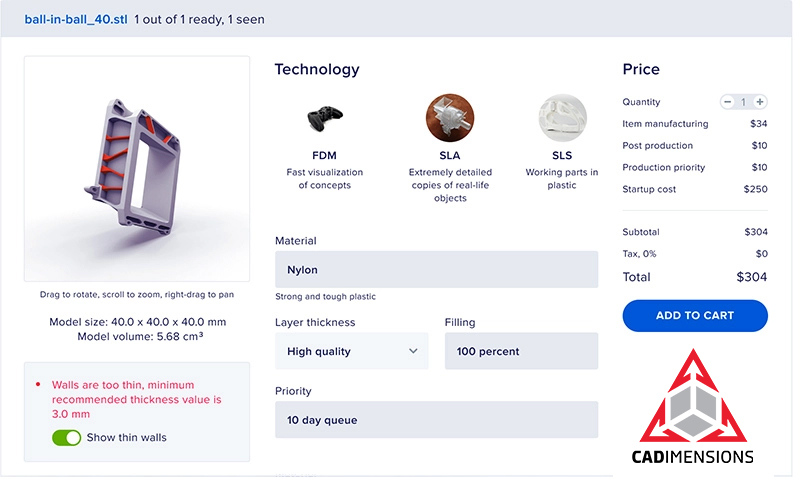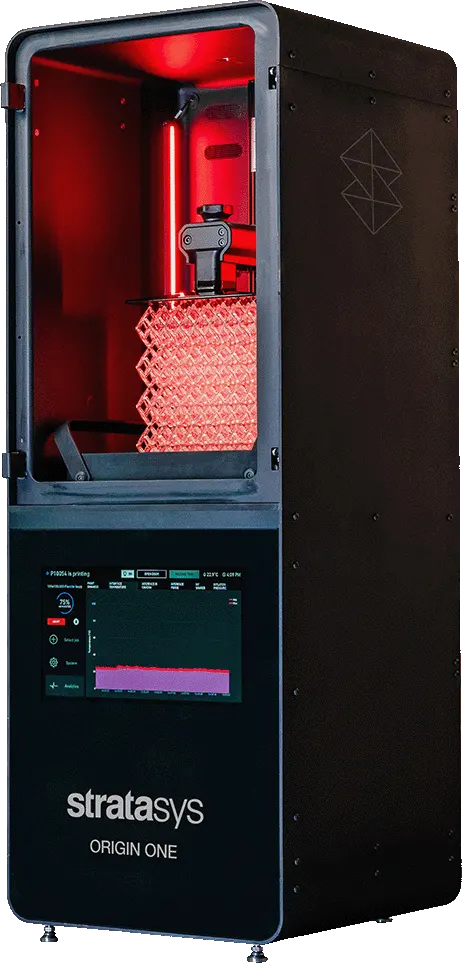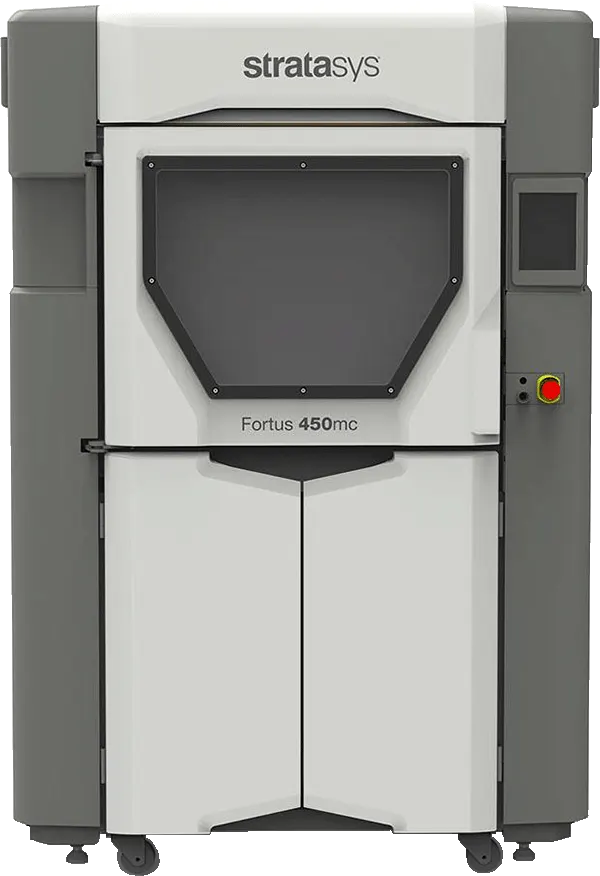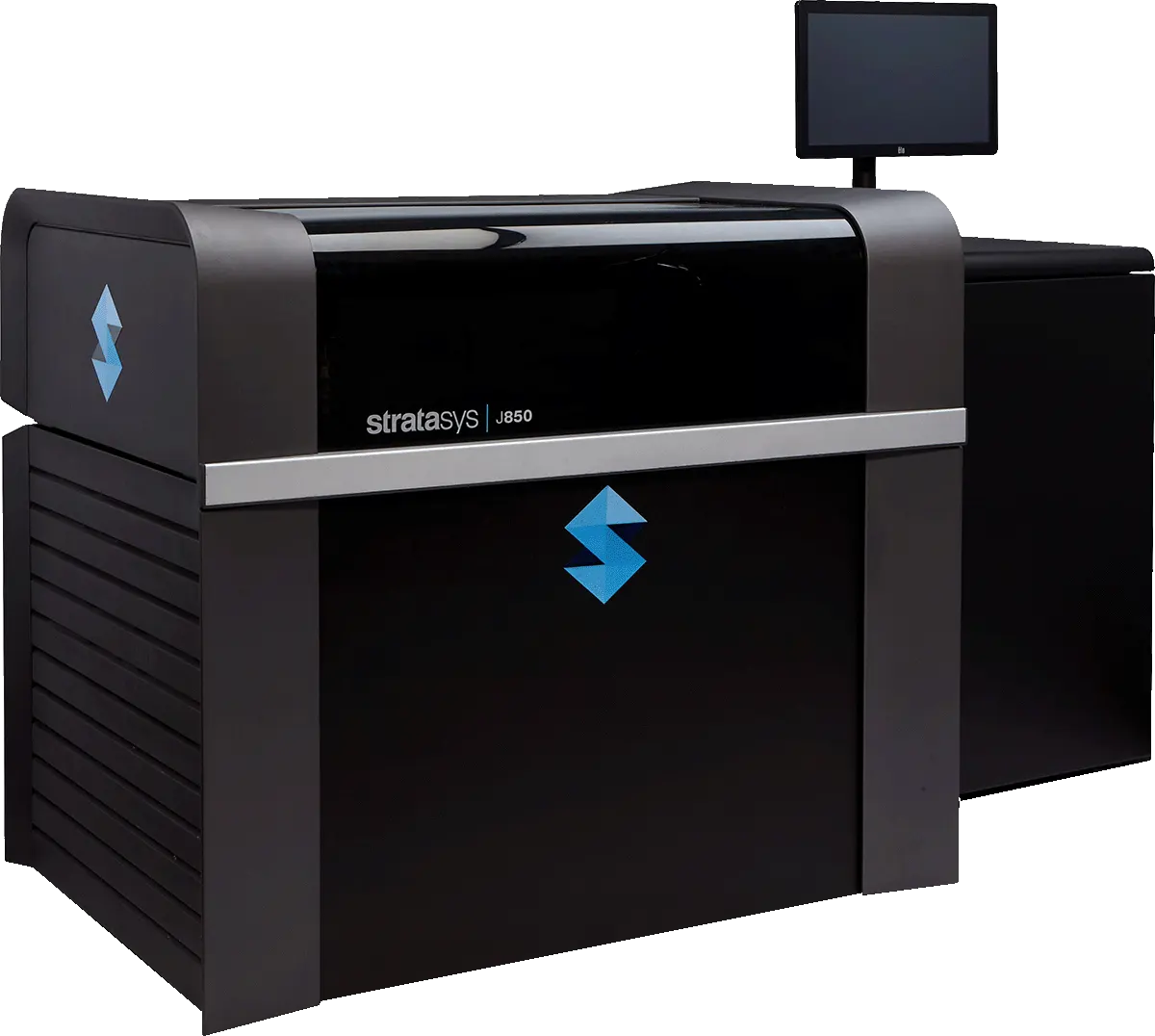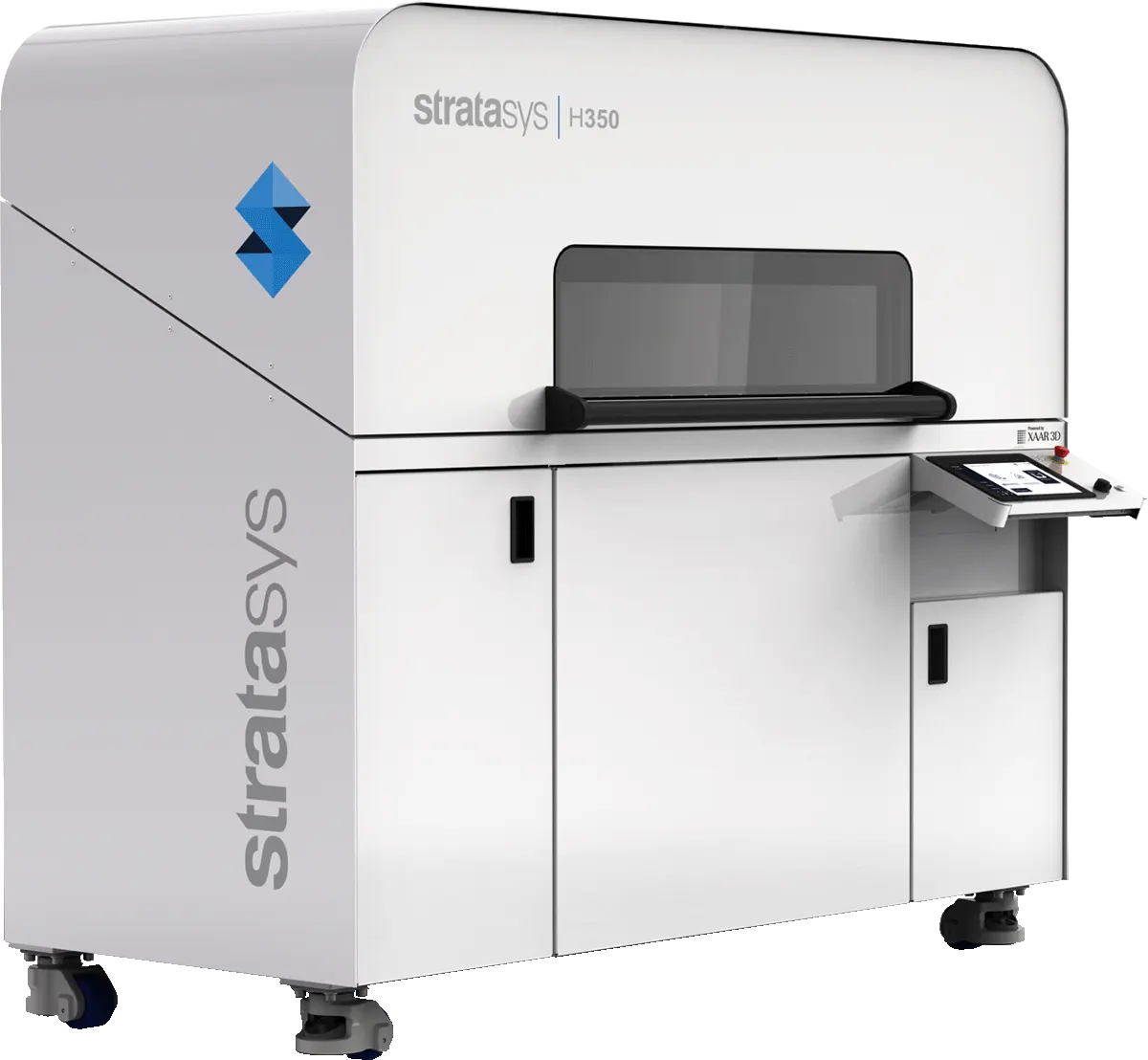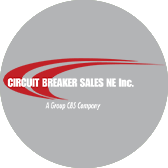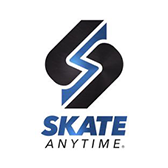Take 15% Off New Orders! Use Code: NEW3DPRINT
Students & Educators: Take 25% Off Orders! Use Code: EDU25
On-Demand 3D Printed Parts And Prototypes
Rapid prototyping & 3D printing services
- Manufacturing Aids, Jigs, and Fixtures
- End-use or Replacement Parts
- Prototypes for Form, Fit, Feel, Function
- Hyperrealistic Multi-Material Prototypes
- End-of-Arm Robotic Tools
- Volume Production of Parts for Manufacturing
Ordering Parts Is Fast and Easy.
Follow the prompts below.
Step 1: Get An Instant Quote

Upload your 3D part file to our instant quoting tool below to get immediate pricing. Simply select your desired material and print setting and add to your cart for a price. If you need any help along the process use the “ask for help” button to get in contact with on of our Application Engineers.
Step 2: Place Your Order

Place your order through our online tool and our team will get started on manufacturing. The team utilizes our fleet of printers located in our Syracuse office FabLab to create your parts. When the parts have finished printing our team will remove support material using our wash tanks.
Step 3: Inspect and Ship Final Product

Once the prints are inspected for quality, they are packaged and shipped.
How To Get A Quote
Watch Our Step-By-Step Guide On How To Use Our Quoting Tool and order 3d printed parts.
4 Powerful Technologies To Choose From
We have the right 3D Printing technologies and materials for you
-
Dura56 by LOCTITE
-
LOCTITE 3D 3172 HDT50 High Impact / LOCTITE 3D 3172
-
LOCTITE 3D 3843 HDT60 High Toughness / LOCTITE 3D 3843
- ABS
- ABS-ESD7 / ABS-ESD7
- Antero / PEKK - Antero800NA
- Antero ESD / ESD-safe PEKK - Antero840CN03
- ASA
- Diran
- Nylon-6 Mineral-Fill
- Diran410MF07
- Nylon12
- Nylon12 CF
- PC-ABS
- Polycarbonate (PC-10)
- TPU / TPU 92A
- ULTEM 1010
- ULTEM 9085
- Vero / Matte, High-detail Plastic
- Stratasys High Yield PA12
We are committed to providing a delightful experience

Upload Your CAD Model Below
Download Our Useful Resources
Request aN Additive Manufacturing CONSULTATION
Not sure where to start? Our experienced Additive Manufacturing Specialists understand your business. Sign up here to schedule a consultation with one of our friendly and knowledgeable representatives and we’ll help you get started with your manufacturing needs.

